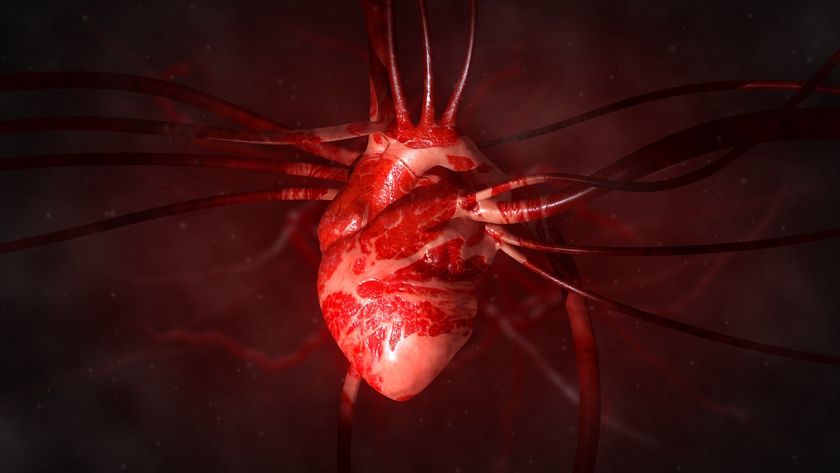Icy Slush Chills Blood to Save Lives

A bio-compatible ice slurry created by scientists in the Nuclear Engineering Division at the U.S. Department of Energy's Argonne National Laboratory can be injected directly into the body. The ice slurry can be used to lower the temperature of an organ, reducing its need for oxygen, giving doctors extra time to diagnose and heal.
The ice slurry, which resembles a classic Slurpee, can be pumped easily into the body through a small intravenous (IV) catheter directly into a patient's bloodstream.
"Argonne researchers designed and patented the equipment used to produce the slurry, which is delivered into the body by specially designed tips," according to a statement from the lab. "Doctors can quickly chill the targeted organ by choosing one of several possible routes for the slurry based on the condition to be treated. This cooling reduces an organ's need for oxygen, slowing the rate at which cells asphyxiate and providing doctors more time for treatment."
The researchers state: "In the case of a victim who suffered cardiac arrest out of a hospital, the slurry would be delivered to the lungs through an endotrachea tube. Paramedics would then administer chest compressions, which would force blood through the cold lungs. From there, the chilled blood would pass through the carotid arteries and into the brain, cooling it rapidly."
Physicians have long used artificial means to cool the body to slow metabolic processes; hypothermic techniques were first used in the 1950's for delicate heart surgery. However, most externally applied cooling acts very slowly, hampering its effectiveness. In only five minutes, the ice slurry can cool the core of an organ by nearly five degrees Celsius; external cooling can take more than two hours to have the same effect.
The most likely target for the first uses of ice slurry cooling in humans is in minimally invasive laparoscopic kidney surgery; this has already been done in large animals with encouraging results. FDA approval for human trials will be sought in the coming year.
If this technique proves out in the surgical suite, it could be adapted for use on the battlefield. Chilling selected parts of the body could keep the wounded soldier in temporary stasis until expert medical attention is available.
Sign up for the Live Science daily newsletter now
Get the world’s most fascinating discoveries delivered straight to your inbox.
Using some method of cold to preserve the body for healing has long been a science fiction staple; Robert Heinlein wrote about a technique he called "cold-rest" in 1941. This new bio-compatible ice slurry immediately reminded me of Philip K. Dick's cold-pack, from his 1960 novel Dr. Futurity, which is used to lower the temperature of the body to preserve it indefinitely.
Parsons said, "How long has this man been in the cube?" "He has been dead for thirty-five years," Loris said matter-of-factly. Parson's said, "...Can he be brought out of the cold-pack?" "Yes," Helmar said. "For no more than half an hour at a time, however..." Now the cube had been opened by Lodge technicians. The cold-pack was being sucked out greedily by plastic suction tendrils. In a moment the body would be exposed... (Read more about Dick's cold-pack)
This Science Fiction in the News story used with permission of Technovelgy.com.












